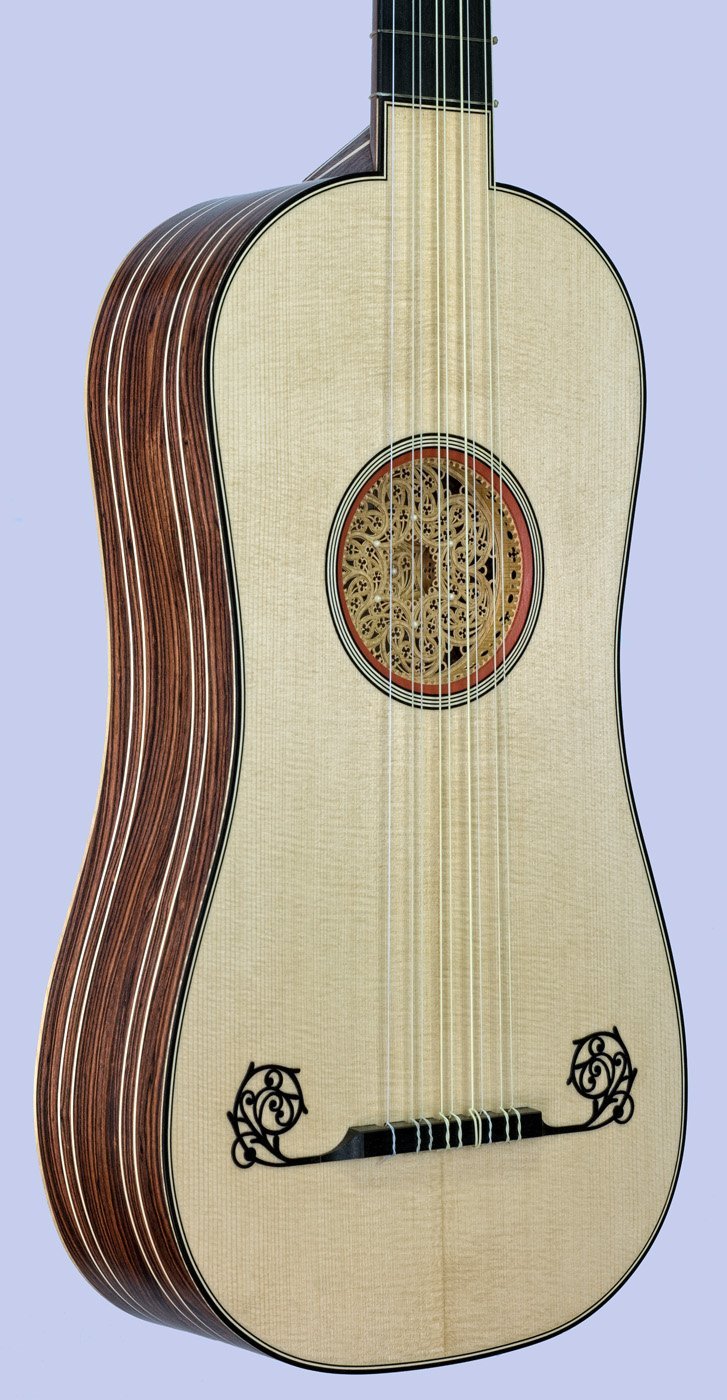


Like most other dances in the galanterie (and unlike the more serious, highly developed musical forms of the Allemande, Sarabande, and Gigue), phrases were symmetrical (often eight measures in length) and equal.Later in the nineteenth century performers would remove the repeats from the first minuet the second time through. When combined, the two minuets would be played in a ternary form: A (Minuet I) – B (Minuet II) – A (Minuet I), with each of the three still maintaining a binary form with two sections that repeated. Minuets were binary in form and often coupled with a second minuet (later the second minuet would become the trio, leading to the ternary form: minuet-trio-minuet).The Minuet was in a triple meter, usually 3/4.Here are some further characteristics of this most popular baroque dance: The Minuet (or menuet in French) is a French dance in origin and likely derives its name from the dance form itself: pas menus, meaning small steps (especially on the downbeat).
Broque gui tar series#
French composer Louis Couperin (uncle of François) even wrote a series of preludes that were “unmeasured” (lacking any measures/bars) to indicate their highly improvisatory nature.īetween the Sarabande and the Gigue earlier French baroque lutenists would also insert other more free and light-hearted dance pieces. As such, the prelude was a much more improvisatory piece of music, unlike the highly structured and often symmetrical dance pieces that would follow. It was not technically a part of the suite, but was instead an introductory opening to the suite, giving the performer (especially the lutenist) the opportunity to tune their instrument to the key the rest of the suite would be played in as well as to introduce some of the ideas the dance pieces would develop. PreludeĮarly baroque French lutenists and harpsichordists were the primary architects of the prelude. For this reason these were the most musically stylized pieces in the suite and at times highly abstracted from their original dance forms. The galanterie included the Gavotte, the Bourrée, and especially the Minuet. Likewise, by this time some of the much older dances, especially the Allemande, Sarabande, and Gigue, were no longer danced at social dances. Many of these dances were still being danced at social dances and so the music retained the essential forms of the dances. A common order for the dance suite was the following:īetween the Sarabande and Gigue, composers and performers would add other dances, which came to be known as the “ galanterie,” due to their free and light-hearted character. Bach, Domenico Scarlatti, Antonio Vivaldi, Georg Friedrich Handel) the ordering of the dance suite had become somewhat fixed-though there are always exceptions to this. The Baroque Dance Suiteīy the time of the later Baroque (J.S.

Broque gui tar how to#
Having a better understanding of both the physical dance forms that gave rise to these pieces of music (even if they were never intended to be danced to) and the musical forms themselves can help us better understand how to perform them. And most all of them were based on baroque dances. Handel-all of these have been arranged for guitar and are quite popular. Bach, cello sonatas of Antonio Vivaldi, keyboard suites of G.F. Certain sonatas of Domenico Scarlatti, the cello, violin, lute, and keyboard suites by J.S. How does all of this relate to the classical guitar? We classical guitarists play a lot of baroque dance music on the guitar. Thus, in this article we’ll look at both the social dance forms as well as the musical forms that arose from them. However, they were often based (even if only loosely at times) on social popular dance forms. Often these collections, or suites (in French), would be preceded by a Prelude that would introduce both the key and the music that would follow. It is important to note that even these early baroque dances were not intended to be danced to. When early Baroque French lutenists began to collect dance music to perform they organized them based on their common key relationships. The Baroque dance suite originated from a set of dances popular during the late Renaissance, and was further developed during the early baroque period.


 0 kommentar(er)
0 kommentar(er)
